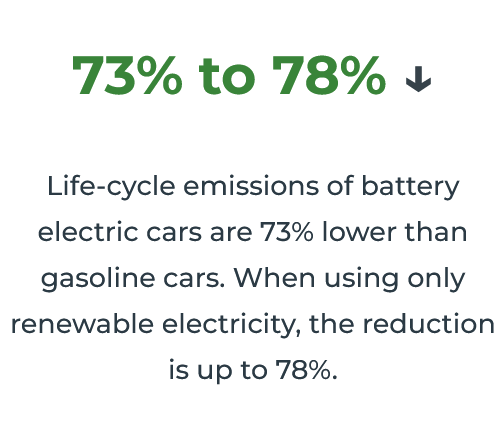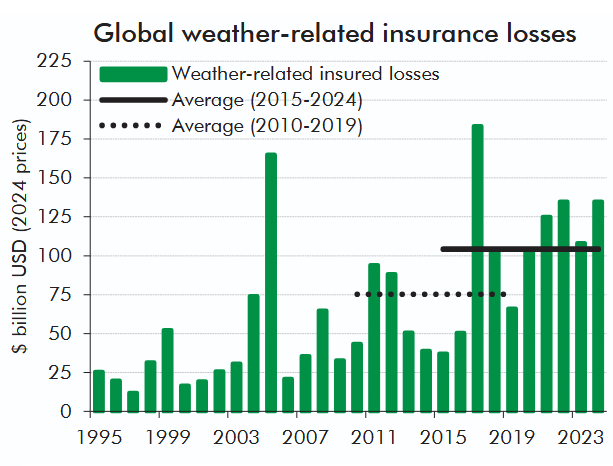Life-cycle emissions of battery electric (EV) cars are nearly four times less than petrol cars.
Overall, the emissions of EVs are 73 per cent lower than petrol cars, and when using only renewable electricity, the reduction is up to 78 per cent.
The findings are in a report from the International Council on Clean Transportation, with the life-cycle assessment (LCA) of the global warming potential of passenger cars sold in the European Union (EU) compared in sales-weighted average medium segment of petrol, diesel, and natural gas internal combustion engine vehicles (ICEVs), hybrid electric vehicles (HEVs), plug-in hybrid electric vehicles (PHEVs), battery electric vehicles (EVs), and hydrogen fuel cell electric vehicles (FCEVs).
The analysis covers the greenhouse gas (GHG) emissions from vehicle and battery production and recycling, fuel and electricity production, fuel consumption, and maintenance. This analysis is an update of ICCT’s previous vehicle LCAs.
Life-cycle emissions of hybrids are 20 per cent lower than petrol cars and those of plug-in hybrids are 30 per cent lower.
EVs operating on the projected 2025–2044 average EU electricity mix had estimated life-cycle GHG emissions of 63 g CO2e/km, 73 per cent lower than the emissions of petrol ICEVs running on the average fuel blend, estimated at 235 g CO2e/km. These savings go beyond just tailpipe CO2 emissions: Emissions from fuel production are higher than those from electricity production with the EU average mix.
Although EVs were estimated to have about 40 per cent higher production emissions than ICEVs due to emissions from production of the battery, these additional emissions are more than offset after about 10,000 miles of use in the first one or two years.
© 2019 Perspective Publishing Privacy & Cookies






Recent Stories